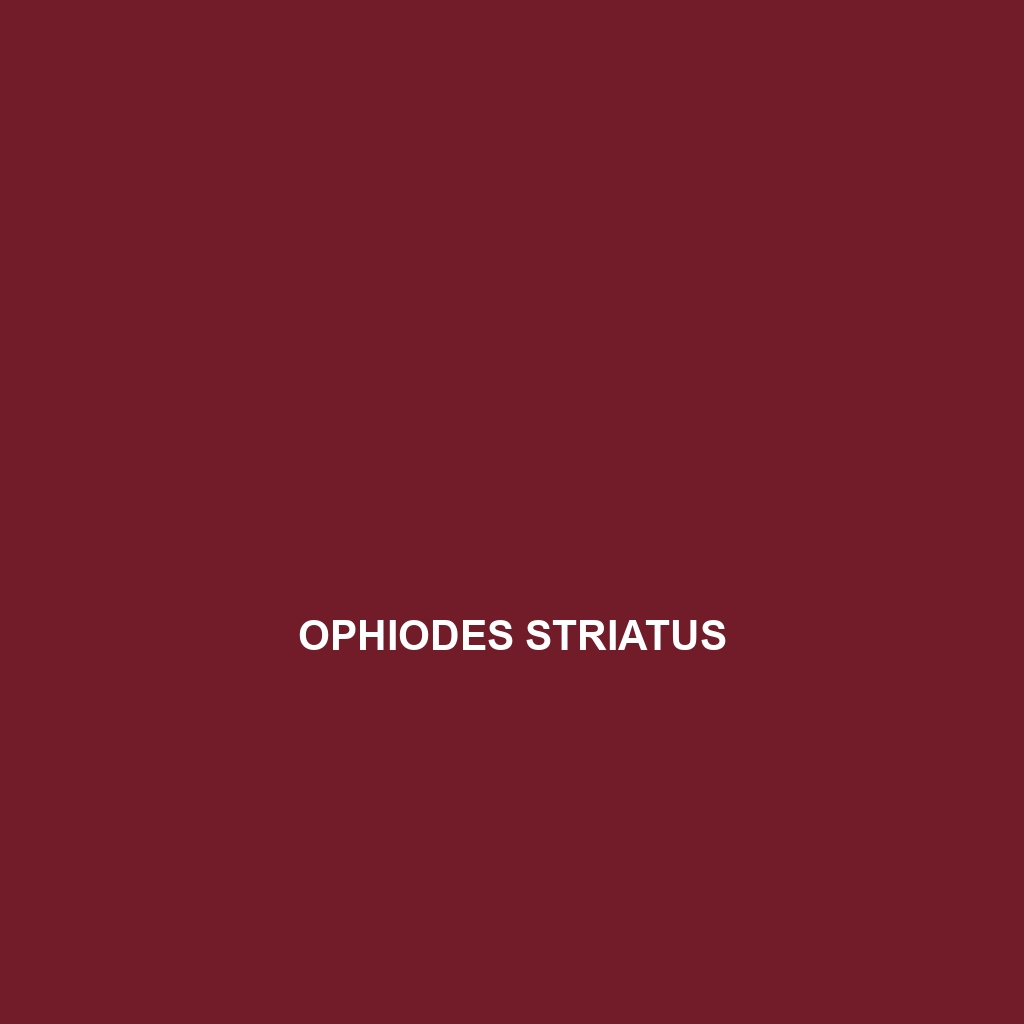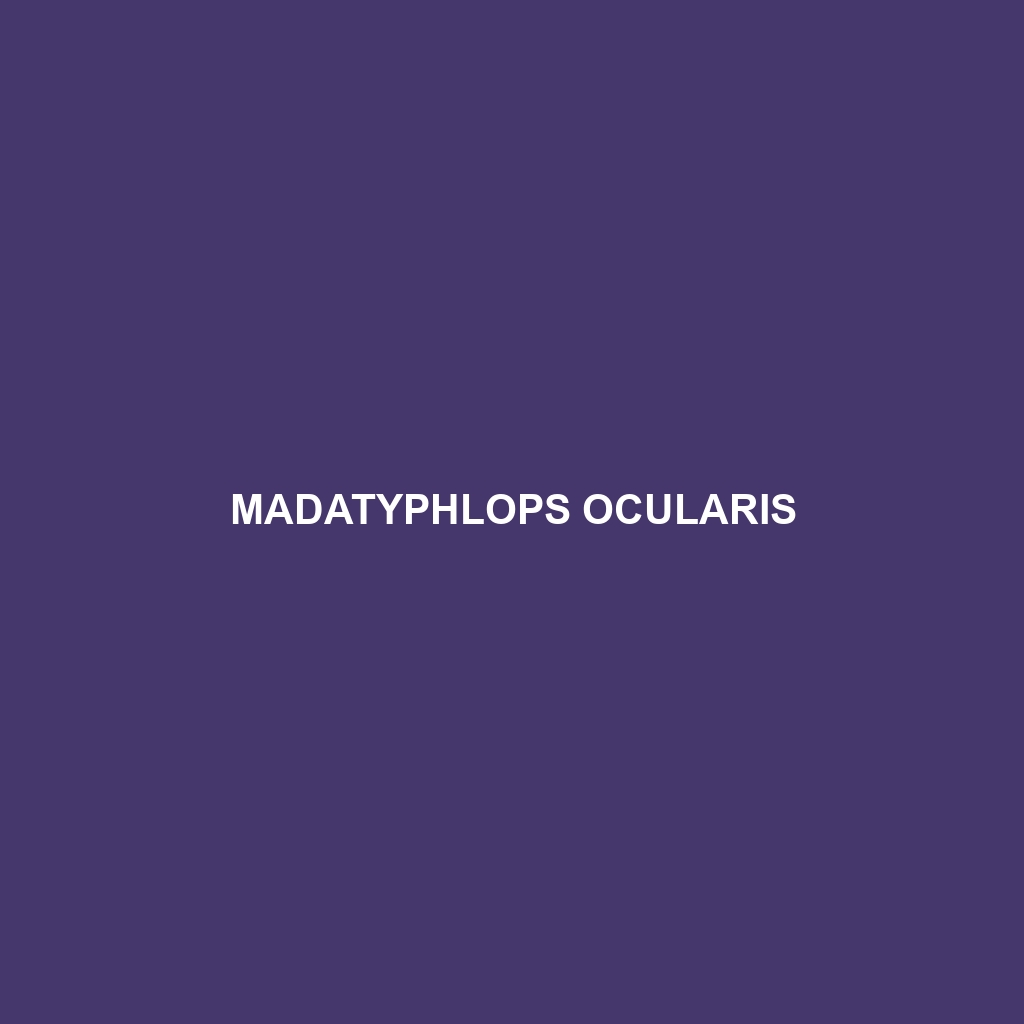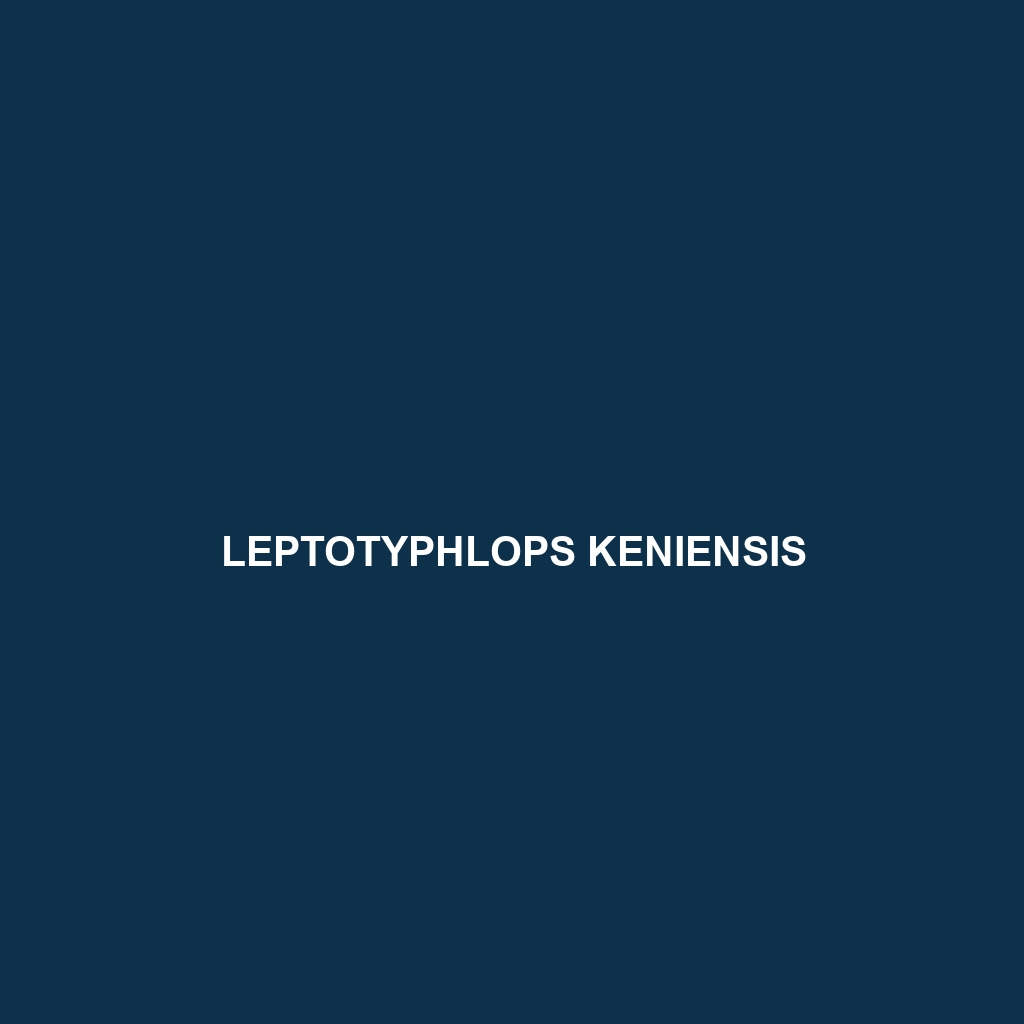<b>Wileys' Blind Snake (Ramphotyphlops willeyi)</b> is a small, burrowing snake measuring 20 to 30 cm, primarily found in tropical and subtropical environments like rainforests and savannas. An insectivore with a unique subterranean lifestyle, it plays a crucial role in controlling soil-dwelling invertebrate populations and maintaining ecosystem balance.
Tag: underground lifestyle
Ramphotyphlops olivaceus
Discover the Ramphotyphlops olivaceus, or olive blind snake, a nocturnal burrowing species found in tropical and subtropical habitats across Africa and Southeast Asia. With a slender, smooth body reaching up to 60 cm, this solitary snake plays a crucial role in controlling pest populations by feeding on invertebrates, while its vestigial eyes signify its adaptation to an underground lifestyle.
Ophiodes striatus
The Ophiodes striatus, or striped blind snake, is a nocturnal, fossorial species native to tropical rainforests and savannas of Central and South America, characterized by its elongated body, distinct light and dark stripes, and reduced eyesight. Primarily an insectivore, it plays a vital role in its ecosystem by controlling invertebrate populations while exhibiting fascinating reproductive and behavioral adaptations.
Malayotyphlops koekkoeki
Discover the fascinating Malayotyphlops koekkoeki, a burrowing snake from the lush rainforests of Southeast Asia, known for its smooth, shiny scales and specialized adaptations for a subterranean lifestyle. Primarily feeding on ants and termites, this nocturnal insectivore plays a vital role in maintaining the ecological balance of its habitat.
Madatyphlops ocularis
<h2>Short Description</h2> <p><b>Madatyphlops ocularis</b> is a small, burrowing snake endemic to tropical and subtropical regions of Africa, recognized for its smooth, shiny scales and unique adaptation of lacking functional eyes. Primarily nocturnal, it preys on small invertebrates, playing a vital role in controlling insect populations within its ecosystem.</p>
Liotyphlops wilderi
Discover the Liotyphlops wilderi (Wilder's blind snake), a small, elongated reptile native to the tropical rainforests of Central America, recognized for its unique adaptations to a subterranean lifestyle, including vestigial eyes and a diet primarily consisting of small invertebrates like ants and termites. Classified as vulnerable, this species plays a crucial role in maintaining ecological balance by controlling insect populations and requires conservation efforts due to habitat loss.
Liotyphlops haadi
<p><b>Liotyphlops haadi</b>, a small, fossorial snake native to the rainforests and savannas of South America, thrives in humid environments and primarily feeds on ants, termites, and larvae. With its smooth, elongated body and nocturnal behavior, this species plays a crucial role in controlling insect populations while serving as prey for larger predators.</p>
Leptotyphlops keniensis
Discover the unique Leptotyphlops keniensis, or Kenyan blind snake, a slender, fossorial species thriving in East Africa's tropical habitats. This nocturnal insectivore, characterized by its vestigial eyes and smooth scales, plays a vital role in controlling insect populations and maintaining soil health.
Indotyphlops meszoelyi
<div class="woocommerce-product-details__short-description"> <p><b>Indotyphlops meszoelyi</b> is a nocturnal, insectivorous blind snake found in the humid rainforests of Southeast Asia, known for its cylindrical body, reduced eyes, and vital role in controlling insect populations while contributing to soil aeration as a burrower.</p> </div>
Epictia tenella
The Epictia tenella, or slender blind snake, is a small, fossorial species native to Central and South America, characterized by its smooth, glossy scales and reduced eyes. This carnivorous snake primarily feeds on soft-bodied invertebrates and plays a vital role in controlling their populations while thriving in humid, leaf-litter-rich environments.









